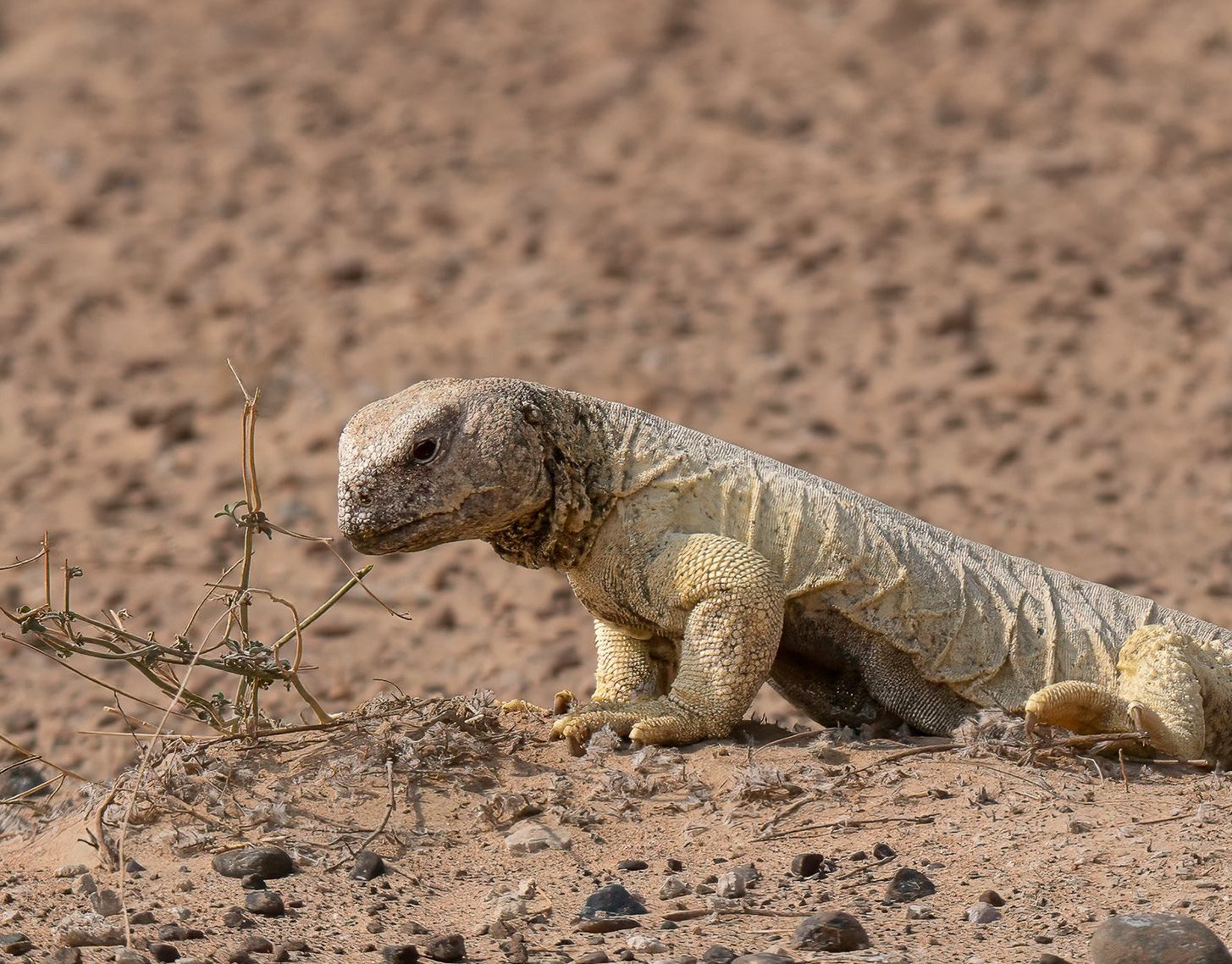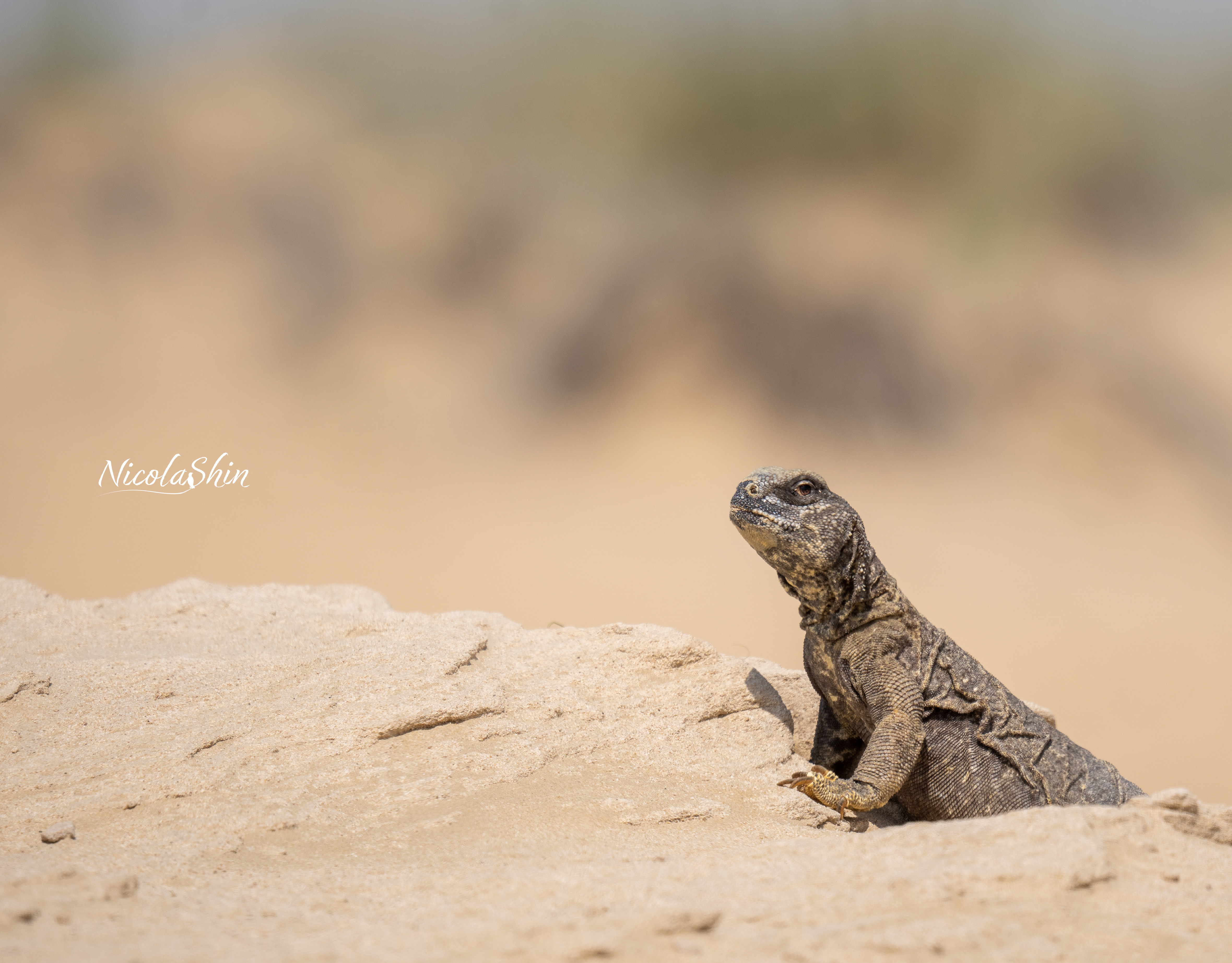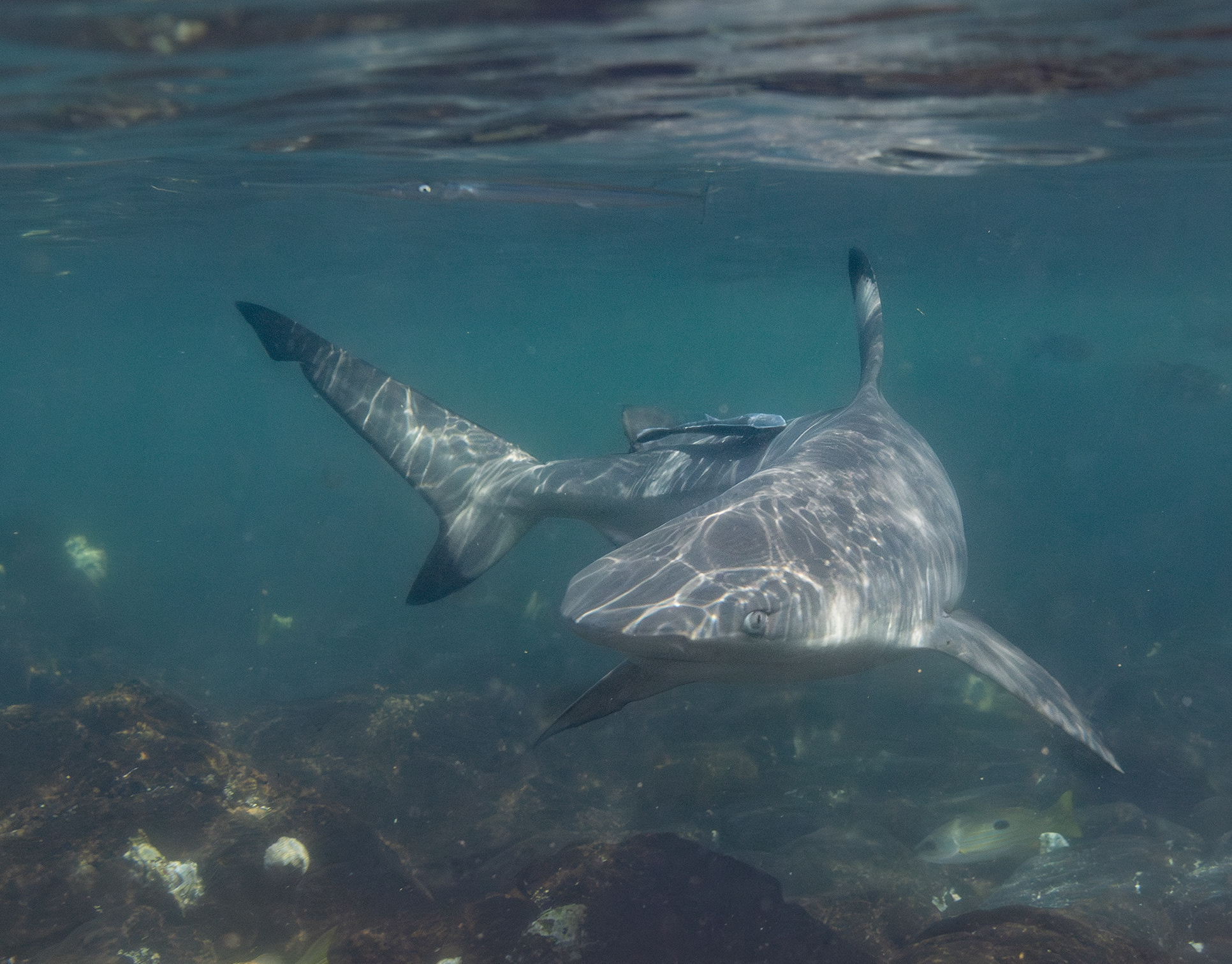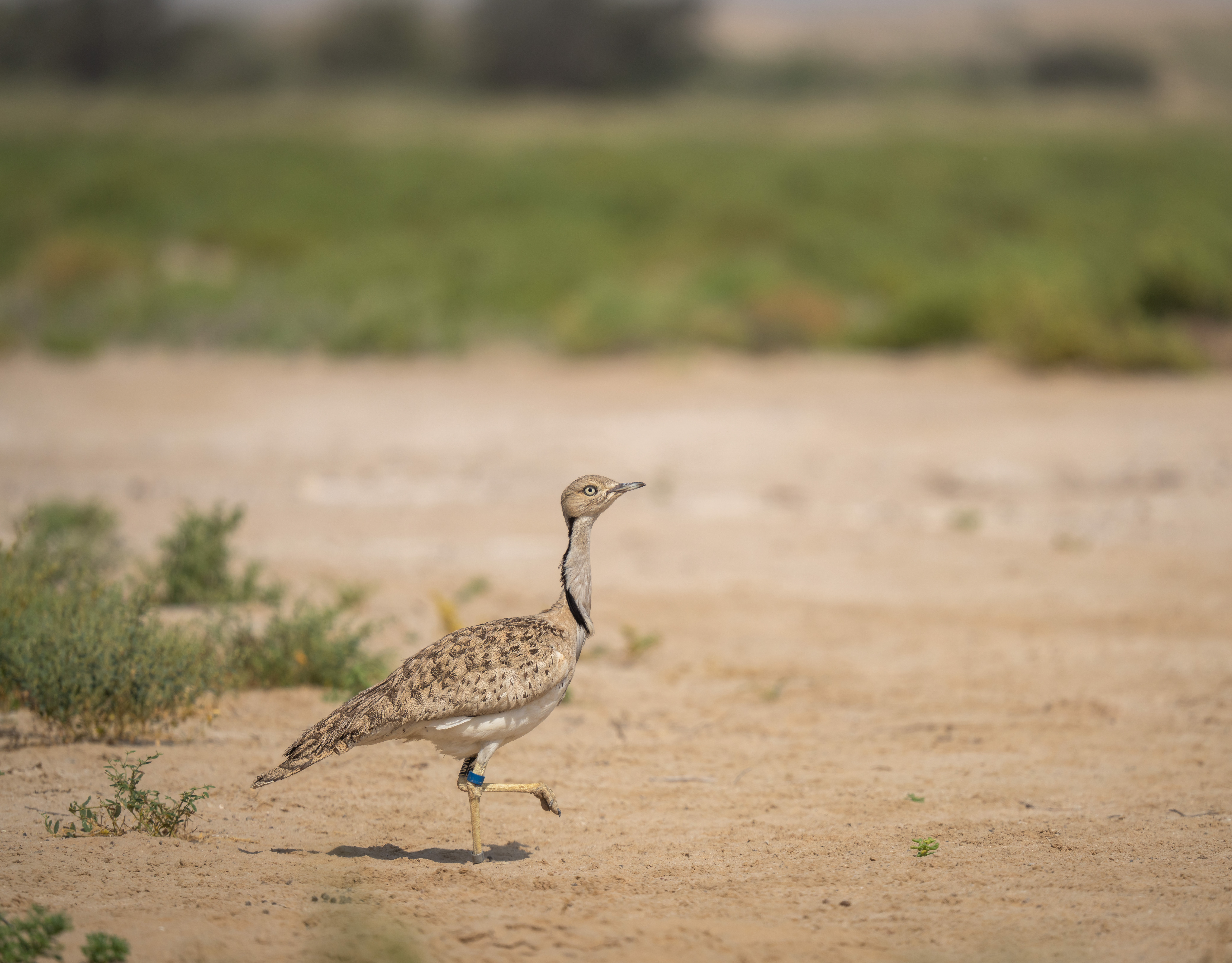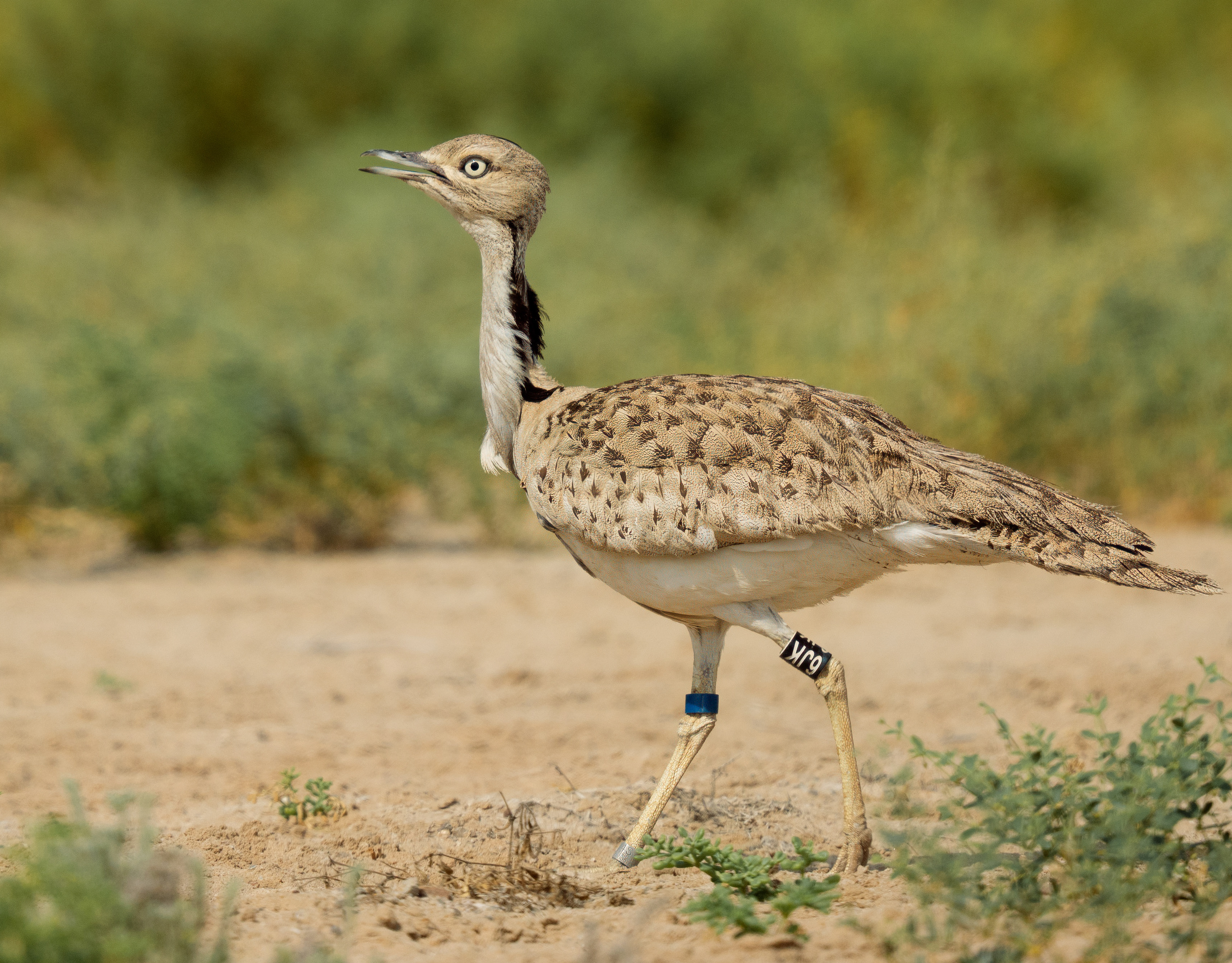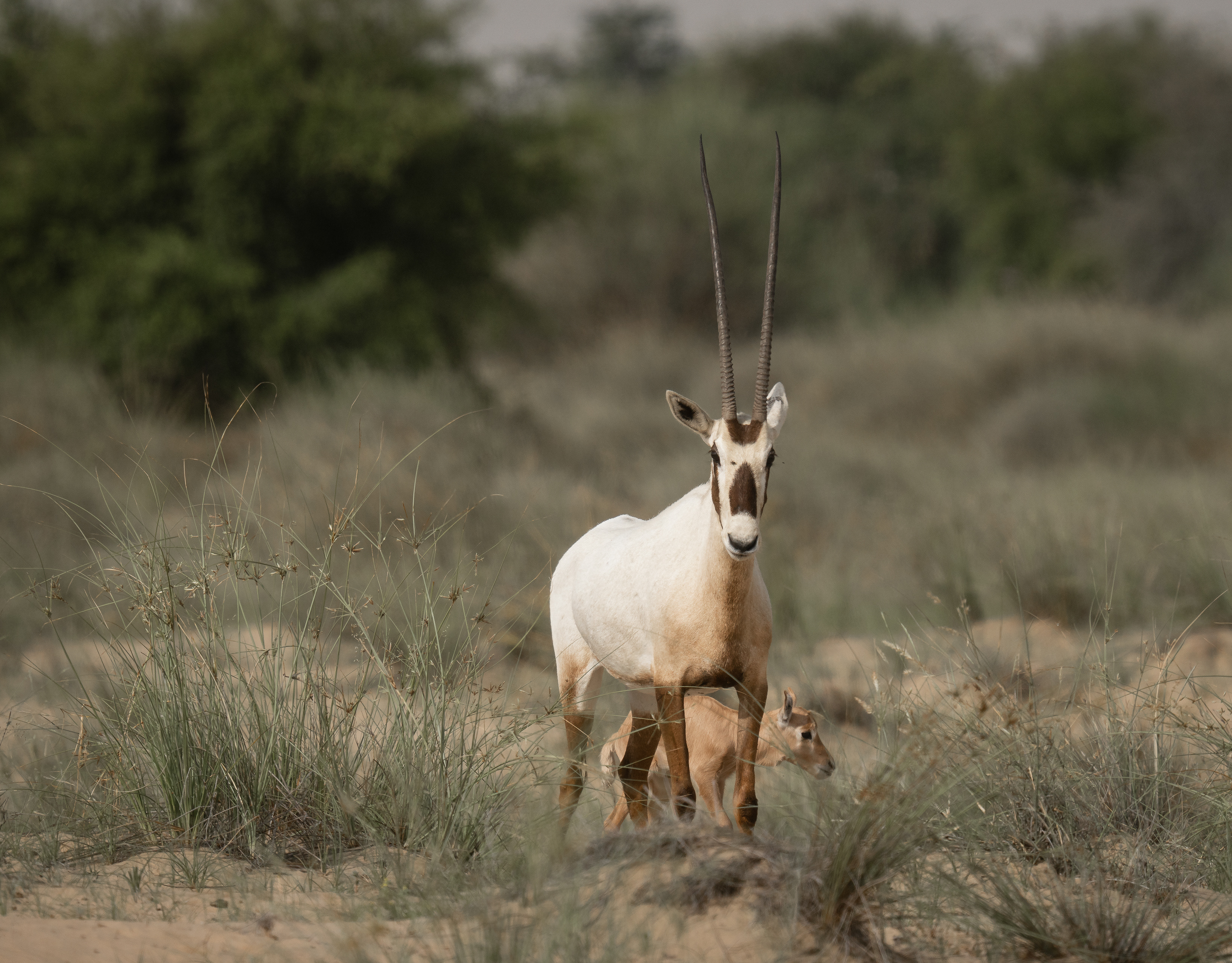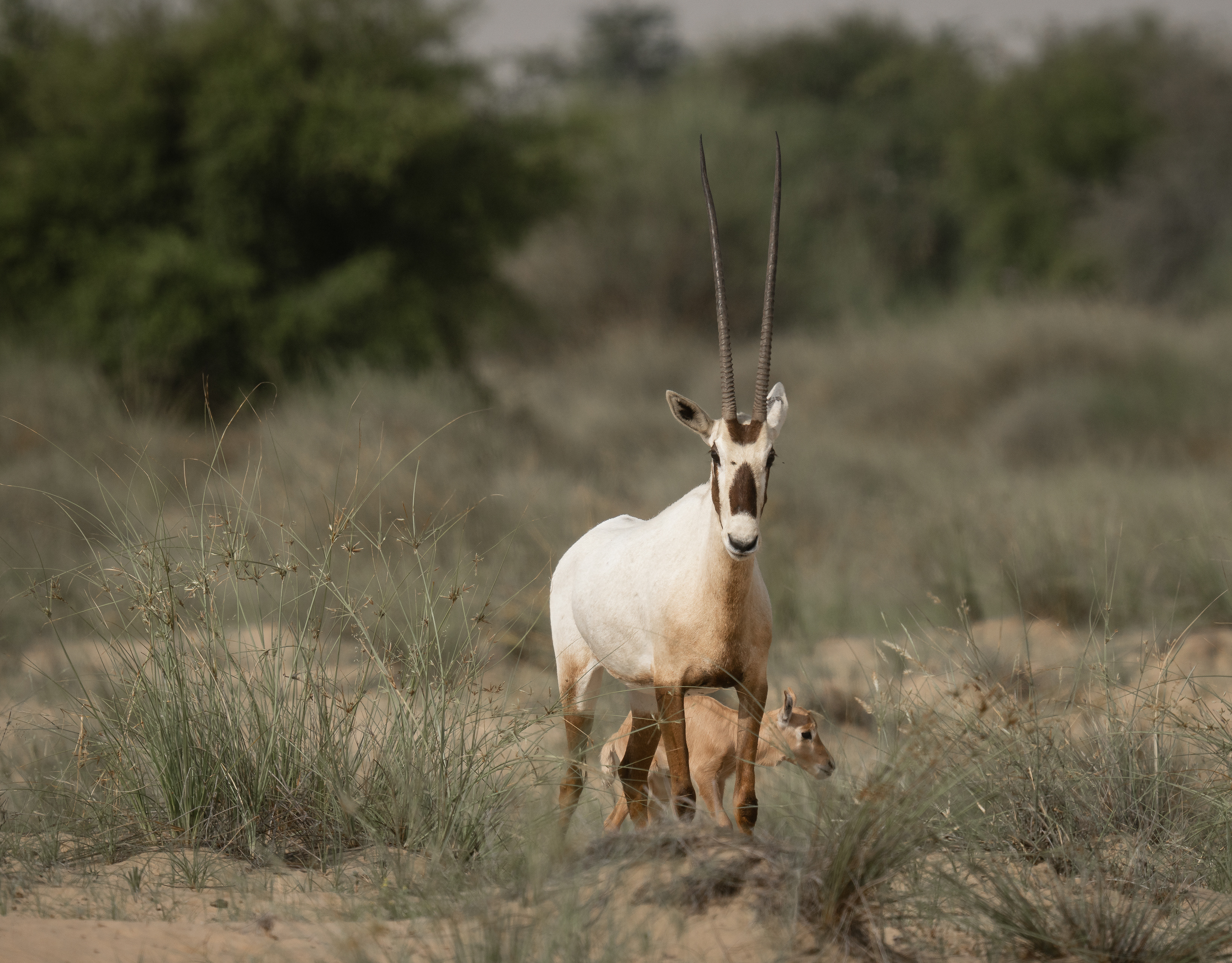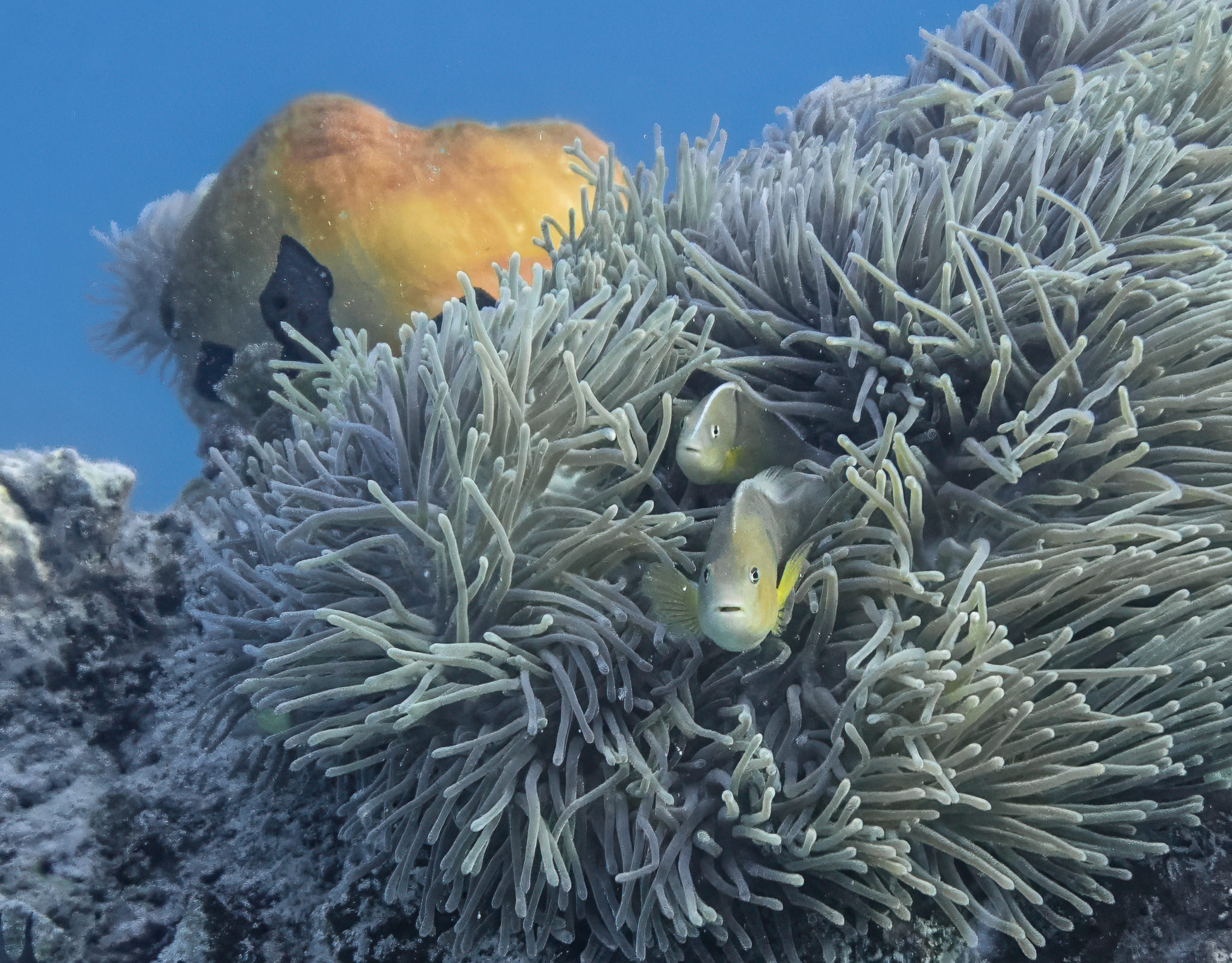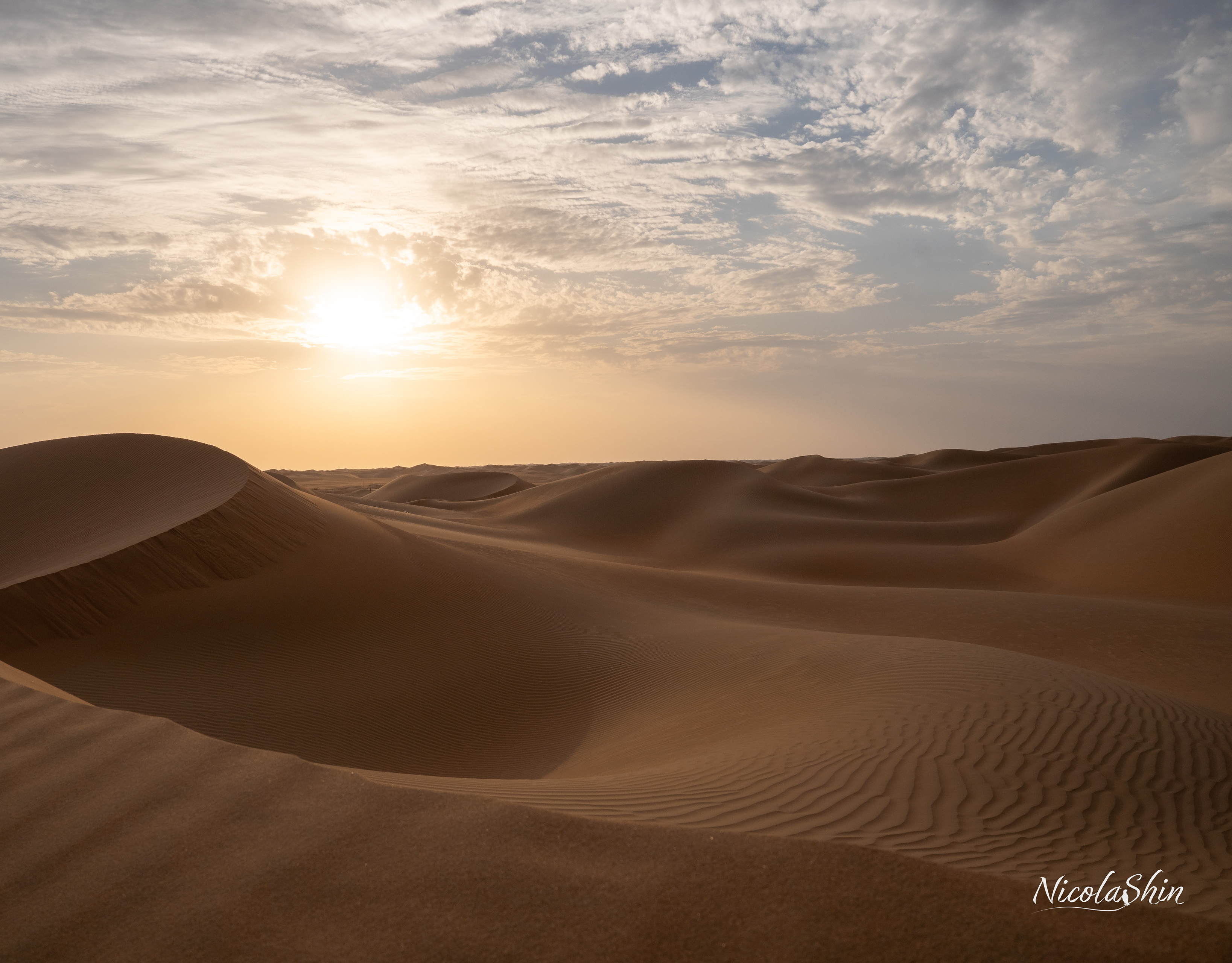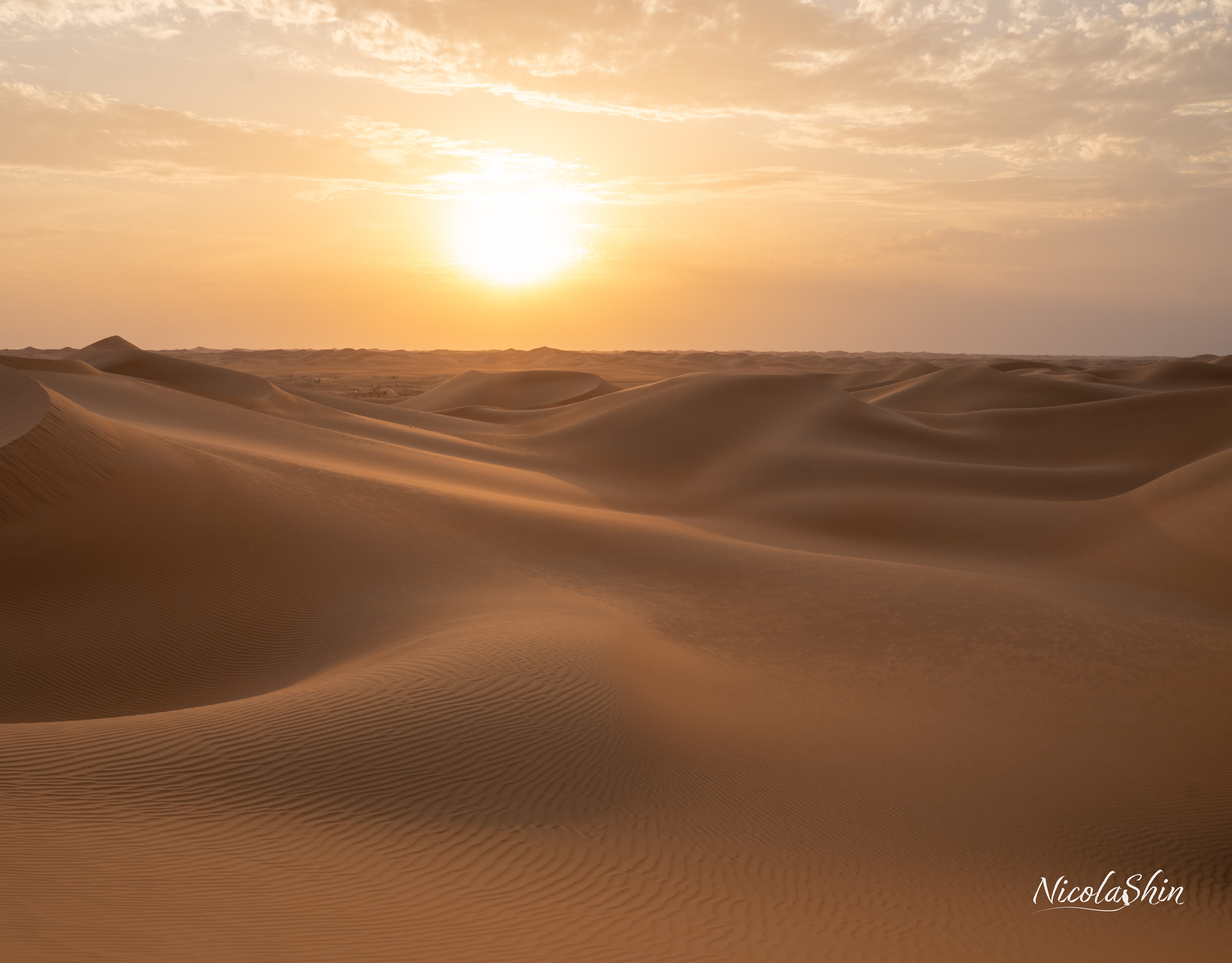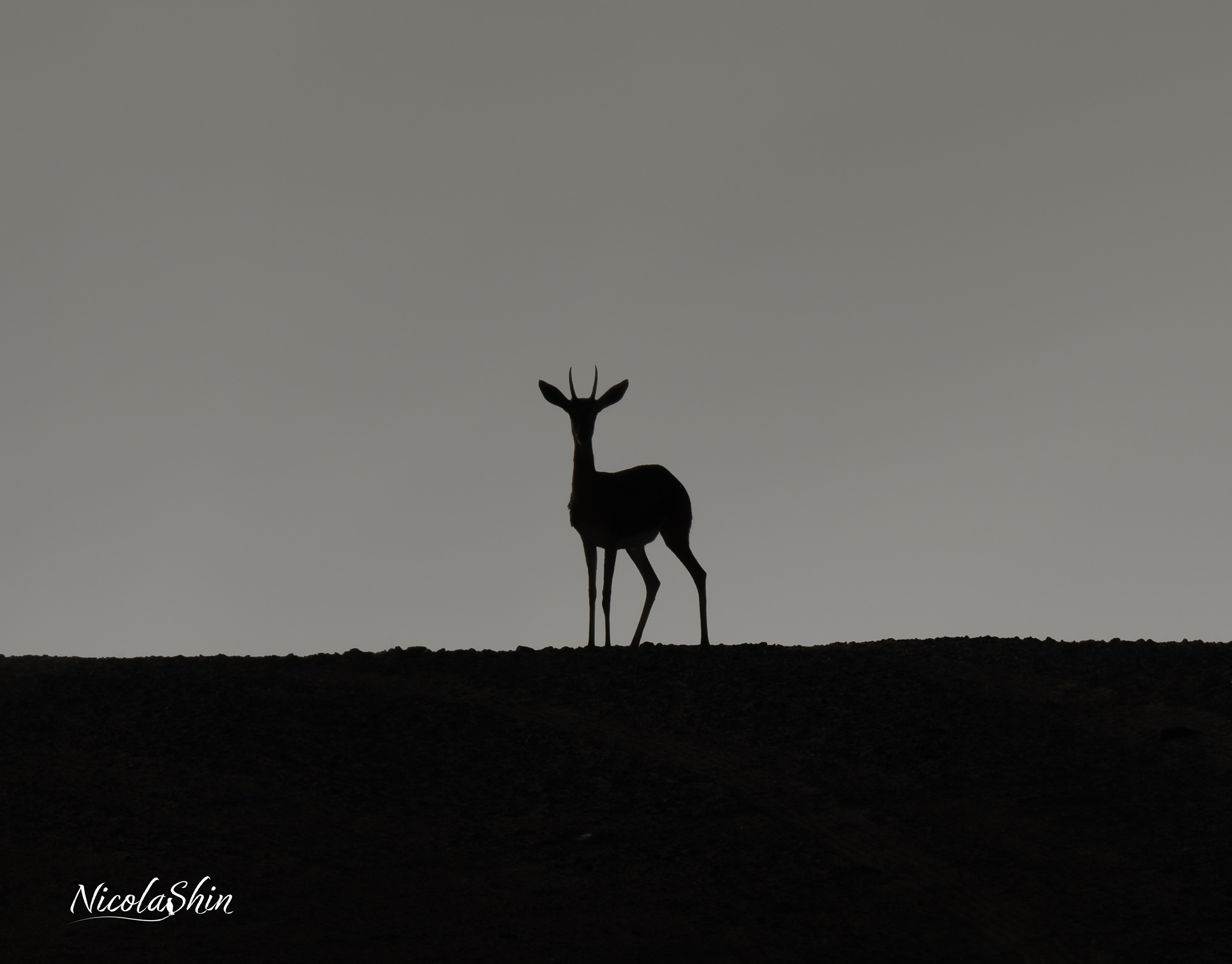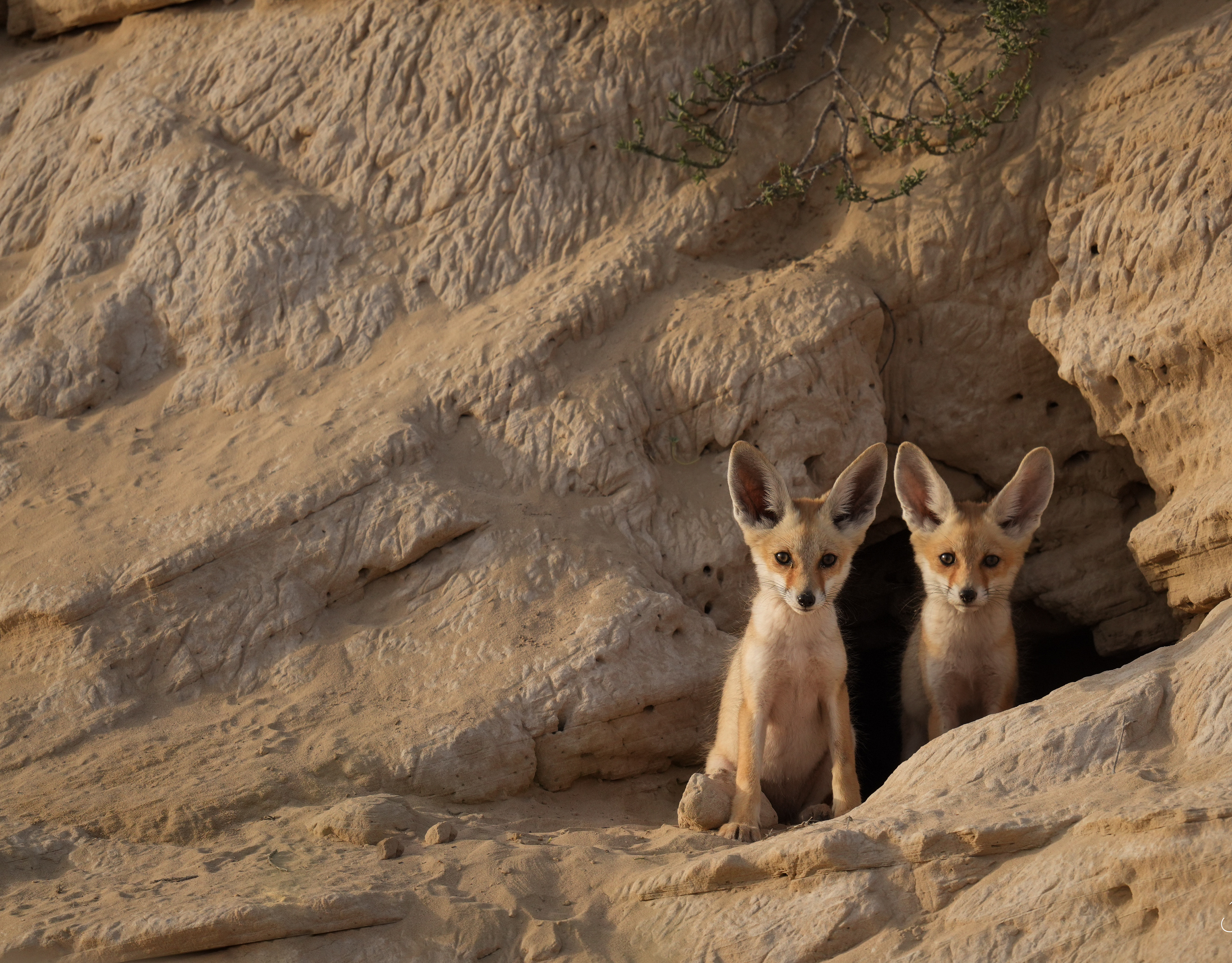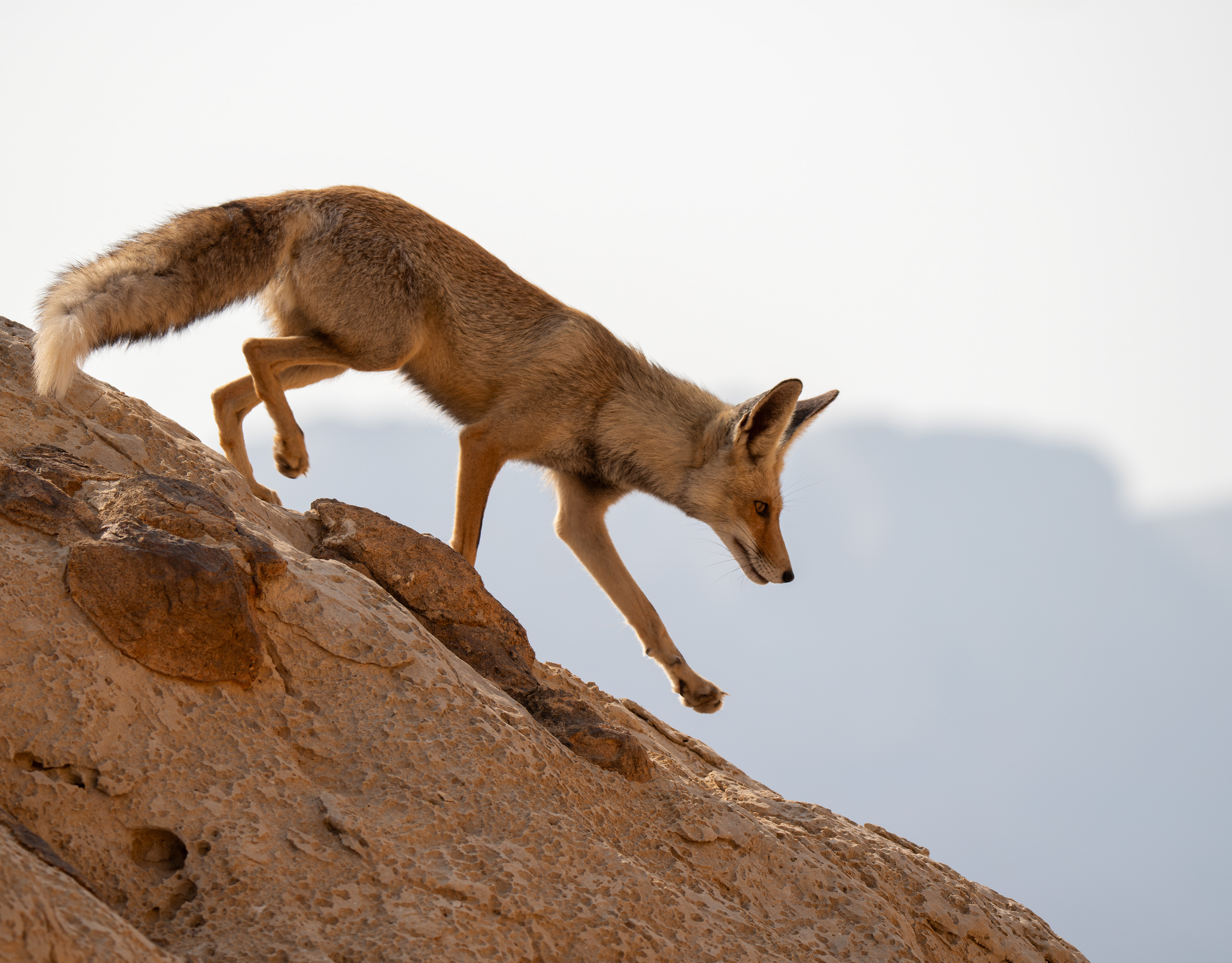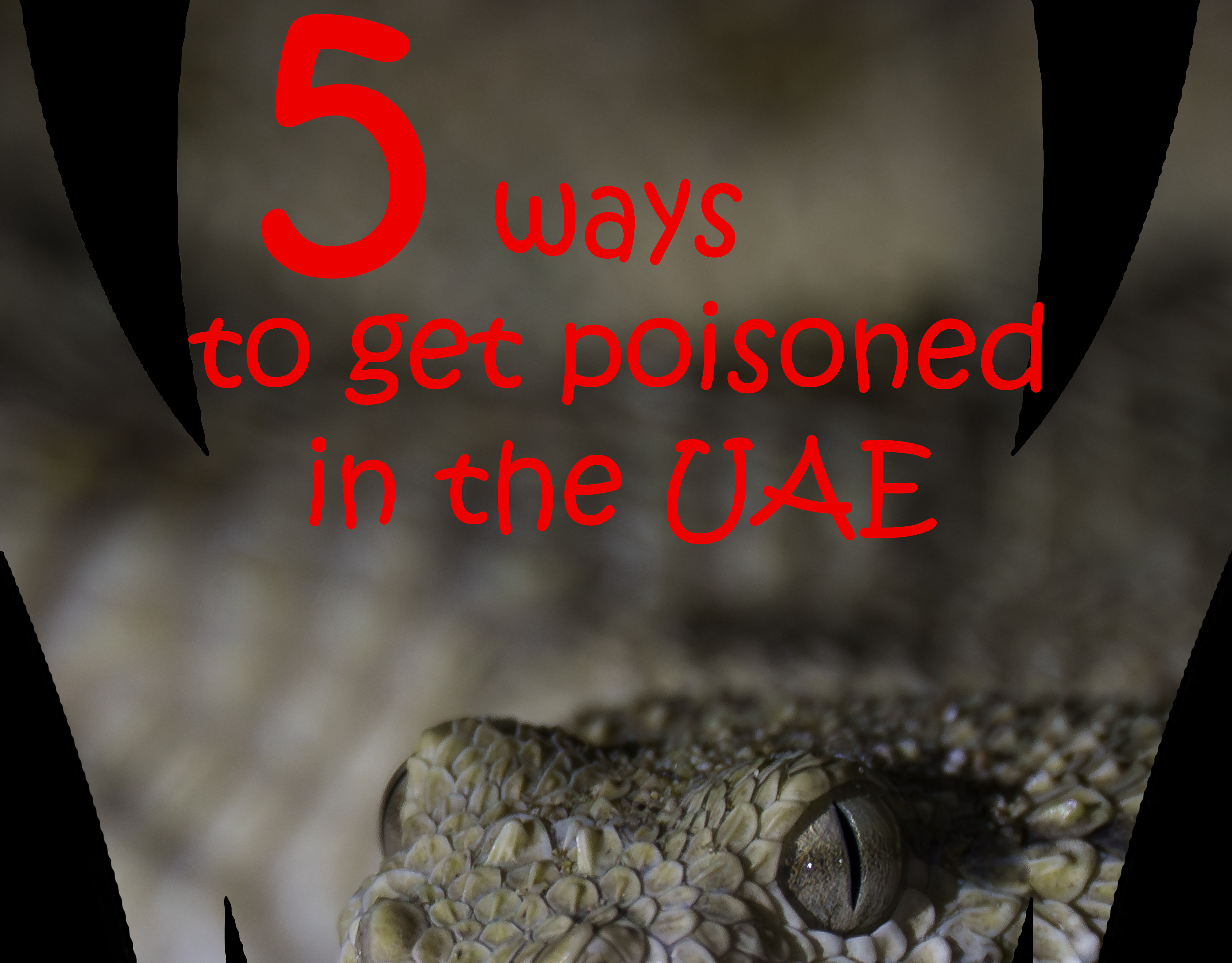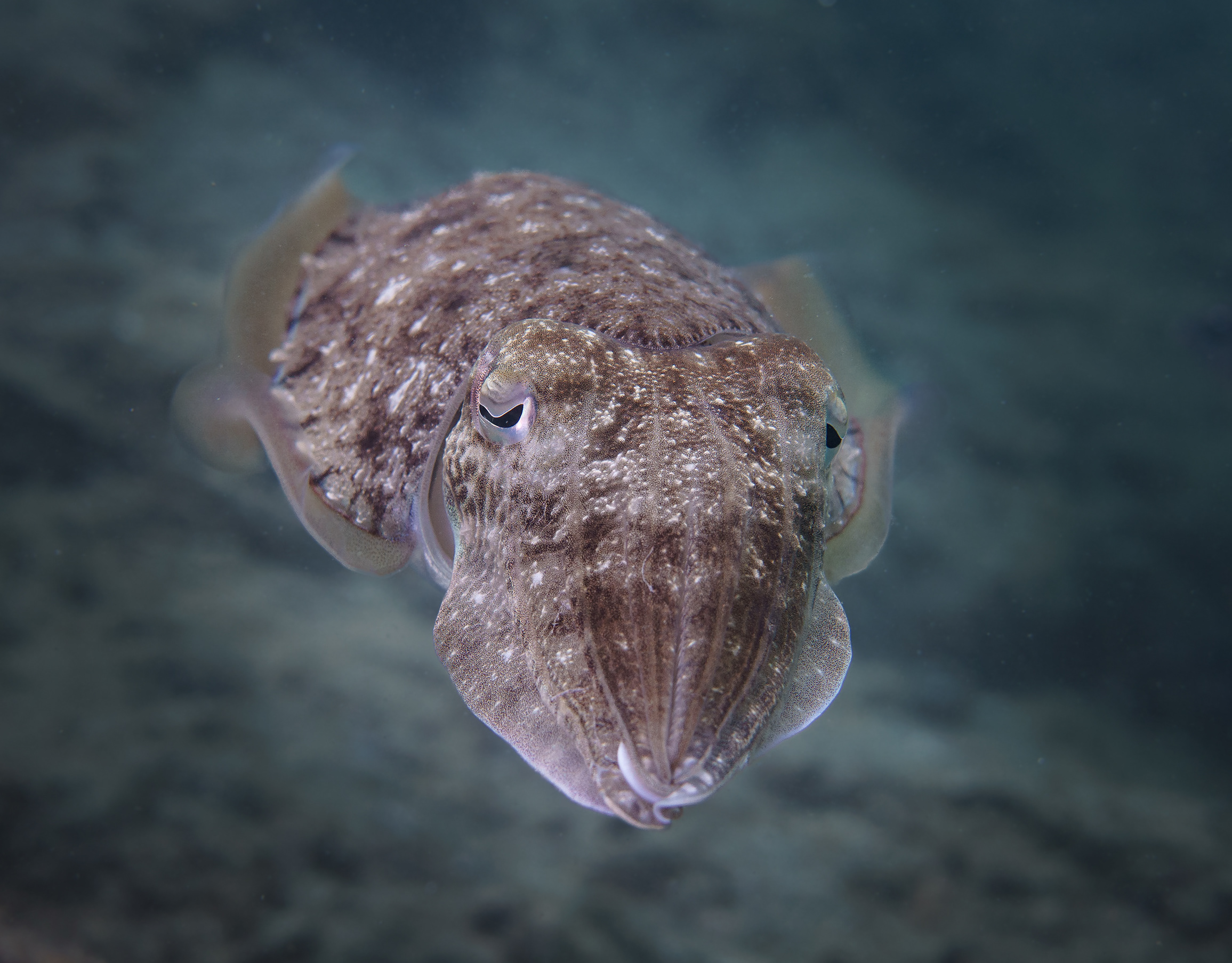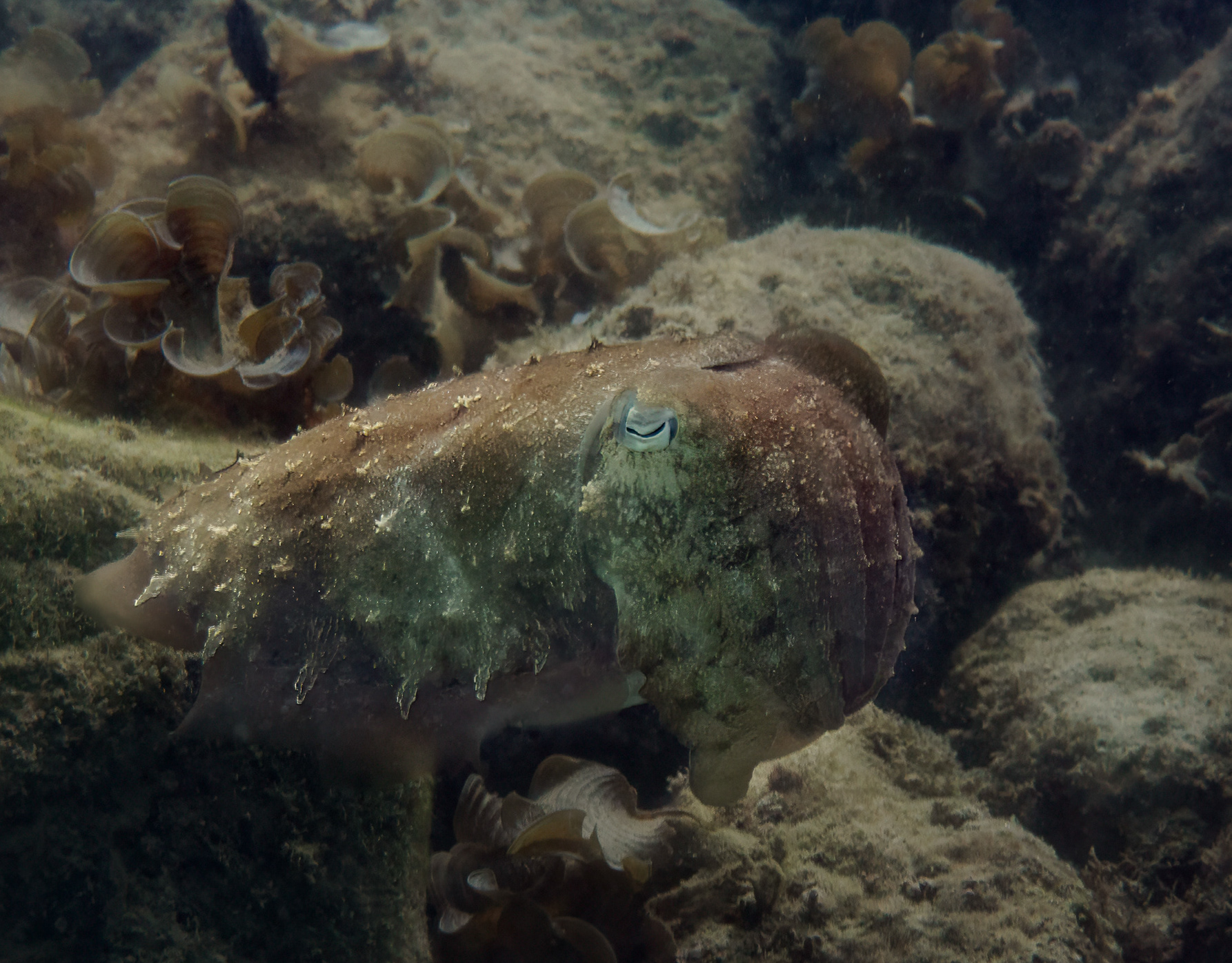November 2024:
In October, I had the privilege of hosting my first photo exhibition and conference, "The secrets of UAE wildlife." This event allowed me to share my passion for uncovering and capturing the hidden biodiversity of the United Arab Emirates—a land often associated with deserts and skyscrapers but teeming with natural treasures.
Contrary to popular belief, you don’t need to travel far to witness wildlife in the UAE. From bustling cities to serene mangroves, opportunities for discovery are closer than you think. Here’s how to embark on your wildlife adventure and make the most of your time in nature.
1. Start Close to Home: Urban Wildlife Hotspots
You might assume wildlife requires remote exploration, but many species thrive near cities. A standout location is the Ras Al Khor Wildlife Sanctuary in Dubai. This mangrove-rich haven is home to flamingos, herons, and countless other bird species, offering an immersive nature experience without leaving the city.
Exploring urban-adjacent sites is a great way to begin, especially if you’re new to wildlife observation or photography. With easily accessible areas like Ras Al Khor, all you need is curiosity and a willingness to explore.
2. You Don’t Need Fancy Gear or a 4x4
One common misconception about wildlife exploration in the UAE is the need for expensive equipment or rugged vehicles. While 4x4s can be useful for remote desert locations, a standard sedan is perfectly adequate for many destinations.
In fact, my early adventures were done with a sedan, which encouraged me to park and walk more often. This turned out to be a blessing:
- Walking helps you connect with the environment.
- You can spot subtle signs of animal activity, like tracks or movement in the distance.
- You develop patience and a sharper sense of observation.
- Walking helps you connect with the environment.
- You can spot subtle signs of animal activity, like tracks or movement in the distance.
- You develop patience and a sharper sense of observation.
The lesson? Don’t let a lack of specialized equipment hold you back—just start exploring!
Ras Al Khor - Dubai
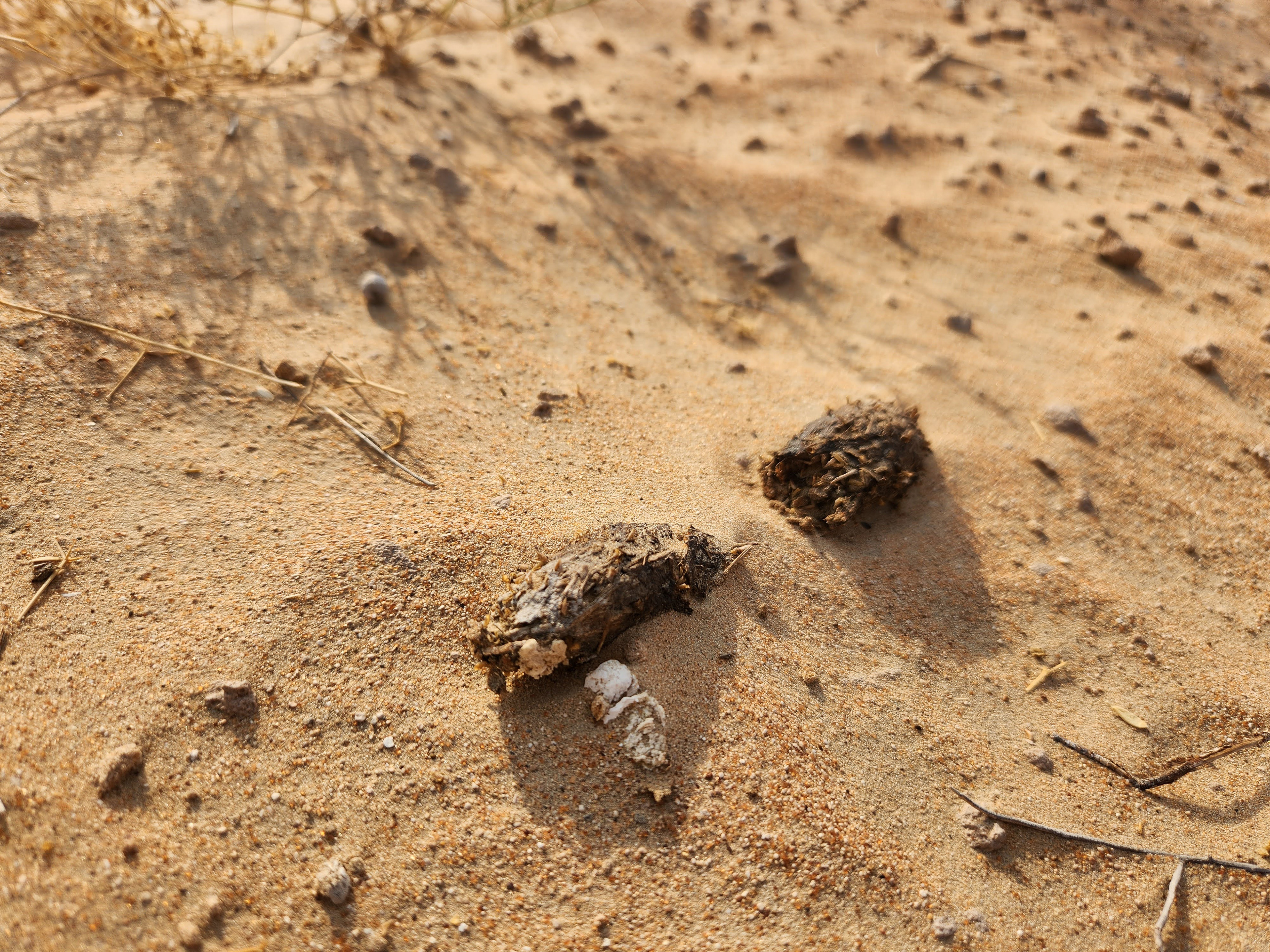

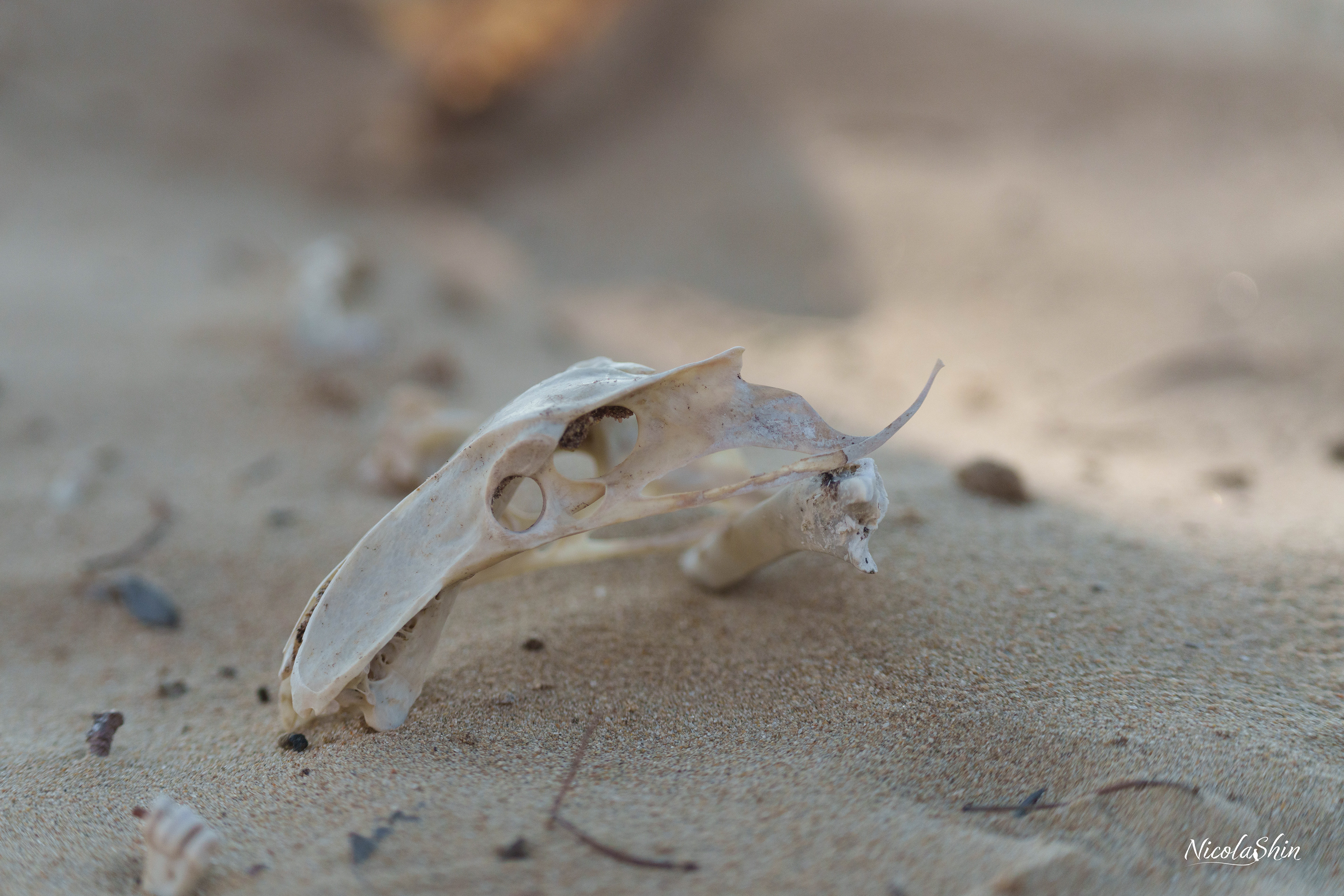
3. Essential Tools for Wildlife Exploration
Technology can be a game-changer when it comes to understanding and discovering wildlife. Here are some of my favorite tools:
a) Google Maps: Google Maps is invaluable for analyzing the ecosystems you plan to visit. By studying satellite images, you can identify mangroves, sand plains, desert regions, mountains, and coastal areas. This preparation helps you choose locations best suited to the species you’re hoping to find.
b) eBirds: This app is perfect for bird enthusiasts. It provides information on species sighted in the area, their frequency, and even user-contributed data on the best times to visit.
c) Seek by iNaturalist: Seek helps identify plants, insects, and animals in real-time, expanding your knowledge of local biodiversity. It’s a fantastic tool for beginners and seasoned naturalists alike, as it not only identifies species but also provides insights into their ecology.
d) Collins Bird Guide App: The Collins app is a must-have for birdwatchers. It not only identifies birds but also enables live audio recording of bird songs, making it easier to distinguish and confirm species in the field. It’s especially handy when listening for bird songs while exploring.
By combining these tools, you can approach your exploration with a solid understanding of the landscape and the wildlife you’re likely to encounter.
4. How to Approach a New Location
When visiting a new spot, preparation and observation are key to maximizing your chances of finding wildlife. Here’s how to get started:
a) Understand the Ecosystem: Take time to research the type of habitat you’re visiting—deserts, mangroves, mountains, or coastal areas—and the species likely to thrive there. Each ecosystem supports specific flora and fauna.
b) Walk and Look for Signs of Life
- Bird Songs: Birds often reveal themselves through their songs. Pause and listen to identify the species present.
- Animal Tracks: Look for tracks, droppings, or burrows. For instance, a Dhub’s burrow can be assessed for activity by checking for feces or tracks nearby.
Smells: Certain animals have distinctive odors. For example, gazelles and oryx often leave a strong scent in areas they frequent.
- Burrows and Nests: These indicate the presence of reptiles, birds, or mammals. Observe whether they are freshly used.
- Feeding Evidence: Look for chewed plants, scattered feathers, or animal remains, as these can hint at predators or herbivores in the area.
c) Time Your Visits
Morning is typically the best time for wildlife activity. Animals are more active in cooler temperatures, especially in the desert. If you’re targeting nocturnal species, plan for evening outings with appropriate lighting gear.
b) Walk and Look for Signs of Life
- Bird Songs: Birds often reveal themselves through their songs. Pause and listen to identify the species present.
- Animal Tracks: Look for tracks, droppings, or burrows. For instance, a Dhub’s burrow can be assessed for activity by checking for feces or tracks nearby.
Smells: Certain animals have distinctive odors. For example, gazelles and oryx often leave a strong scent in areas they frequent.
- Burrows and Nests: These indicate the presence of reptiles, birds, or mammals. Observe whether they are freshly used.
- Feeding Evidence: Look for chewed plants, scattered feathers, or animal remains, as these can hint at predators or herbivores in the area.
c) Time Your Visits
Morning is typically the best time for wildlife activity. Animals are more active in cooler temperatures, especially in the desert. If you’re targeting nocturnal species, plan for evening outings with appropriate lighting gear.
By combining research and field observation, you’ll not only increase your chances of spotting wildlife but also deepen your understanding of the natural world.
5. The Art of Wildlife Photography: Preparation Over Luck
Wildlife photography is more than just pointing a camera—it’s a meticulous process that rewards preparation and understanding. The UAE’s wildlife offers incredible opportunities for stunning shots, but achieving them requires strategic effort.
a) Study the Subject Thoroughly
Knowing an animal’s behavior, habitat, and cycles is critical. This understanding allows you to predict their movements and habits, greatly increasing your chances of a memorable encounter.
- Seasonal Cycles: Learn which species are active and when. For instance, desert monitors hibernate during cooler months but are active in summer. Similarly, migratory birds follow predictable patterns, bringing an influx of species during specific months.
- Tracking Signs: Look for trails, dens, and feeding areas. Spotting a fox den early can yield incredible sightings come spring when the fox family emerges.
Knowing an animal’s behavior, habitat, and cycles is critical. This understanding allows you to predict their movements and habits, greatly increasing your chances of a memorable encounter.
- Seasonal Cycles: Learn which species are active and when. For instance, desert monitors hibernate during cooler months but are active in summer. Similarly, migratory birds follow predictable patterns, bringing an influx of species during specific months.
- Tracking Signs: Look for trails, dens, and feeding areas. Spotting a fox den early can yield incredible sightings come spring when the fox family emerges.
b) Scout and Observe
Scout locations multiple times to build familiarity with the terrain and its inhabitants. Returning to the same spot lets you track patterns, like when and where certain animals appear.
Scout locations multiple times to build familiarity with the terrain and its inhabitants. Returning to the same spot lets you track patterns, like when and where certain animals appear.
c) Patience and Consistency
The perfect wildlife photo rarely happens by chance. It’s a culmination of:
- Hours of observation.
- Returning to the same location.
- Waiting for just the right moment.
Every outing, even those without a perfect shot, enriches your understanding of the natural world and sharpens your skills.
The perfect wildlife photo rarely happens by chance. It’s a culmination of:
- Hours of observation.
- Returning to the same location.
- Waiting for just the right moment.
Every outing, even those without a perfect shot, enriches your understanding of the natural world and sharpens your skills.
6. Recommended Wildlife Locations in the UAE
The UAE boasts a diverse range of ecosystems, each offering unique wildlife experiences. Here are some of my favorite spots:
1. Fossil Rock
A stunning desert landscape that offers opportunities to spot foxes, sand gazelles, and various reptiles. The rocky terrain is also excellent for stargazing after sunset.
A stunning desert landscape that offers opportunities to spot foxes, sand gazelles, and various reptiles. The rocky terrain is also excellent for stargazing after sunset.
2. Al Qudra Lakes
A network of man-made lakes teeming with birdlife. Flamingos, ducks, and even eagles can be found here, making it a haven for birdwatchers and photographers alike. A great place for photography.
A network of man-made lakes teeming with birdlife. Flamingos, ducks, and even eagles can be found here, making it a haven for birdwatchers and photographers alike. A great place for photography.
3. Wadi Abadilah
Located in the Hajar Mountains, this wadi is home to freshwater ecosystems supporting frogs, dragonflies, and various birds. The lush vegetation contrasts beautifully with the rocky surroundings.
Located in the Hajar Mountains, this wadi is home to freshwater ecosystems supporting frogs, dragonflies, and various birds. The lush vegetation contrasts beautifully with the rocky surroundings.
4. Dibba (for Snorkeling and diving)
This coastal area offers incredible underwater experiences. It’s a fantastic place for snorkeling, with opportunities to see turtles, reef sharks, and vibrant marine life.
This coastal area offers incredible underwater experiences. It’s a fantastic place for snorkeling, with opportunities to see turtles, reef sharks, and vibrant marine life.
Final Thoughts: Start Your Journey Today
Wildlife in the UAE is more accessible than many realize. Whether you’re exploring urban sanctuaries, venturing into the mountains, or snorkeling in coastal waters, all you need is curiosity, a camera, and a willingness to observe. With patience and the right tools, you’ll uncover the UAE’s hidden biodiversity—and maybe capture the perfect shot along the way.

